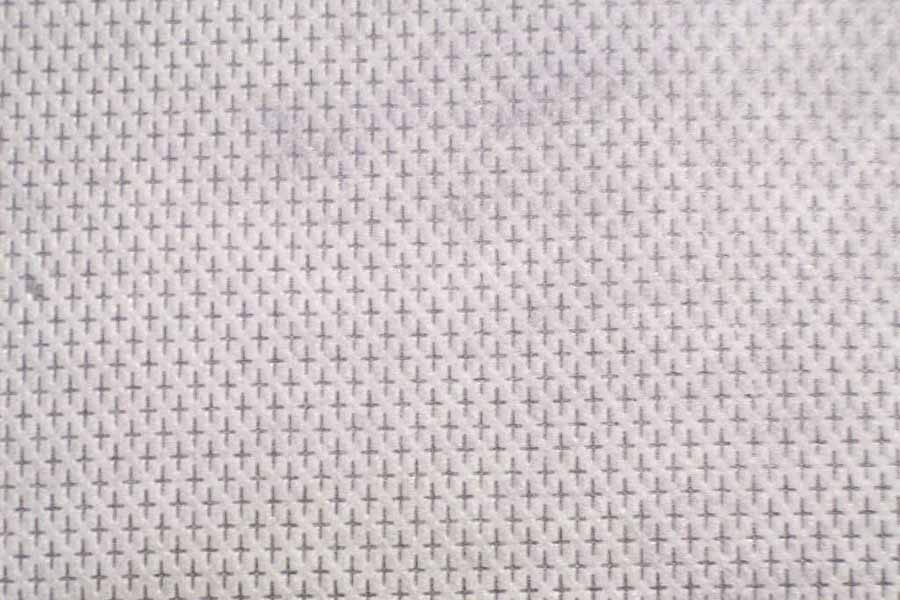In today's age of health and cleanliness, antimicrobial treatment has become an essential part of manufacturing many products. As a common decorative material, embossed non-woven fabrics are popular in home environments because of their antibacterial treatment capabilities. This article will take an in-depth look at how
embossed non-woven fabrics are treated with antimicrobials to reduce mold growth and unveil this amazing technology.
Antimicrobial treatment first requires the selection of suitable materials. Embossed non-woven fabrics are usually made of polypropylene, polyester fiber and other materials. These materials themselves have good wear resistance, corrosion resistance and other properties, providing a good foundation for subsequent antibacterial treatment.
Antibacterial agents are often added to embossed non-woven fabrics during the production process. These antibacterial agents can be some chemically synthesized antibacterial substances, or they can be natural plant extracts or substances produced by microbial fermentation. These antibacterial agents can effectively inhibit the growth of mold and bacteria, fundamentally reducing the possibility of mold growth.
The antibacterial treatment process is the key to ensuring that embossed non-woven fabrics have good antibacterial effects. During the production process, embossed non-woven fabrics usually undergo special antibacterial treatment processes, such as high-temperature hot pressing, ultraviolet radiation, ion implantation, etc. These processes enable the antibacterial agent to fully penetrate into the material and evenly distribute on the surface of the fiber, thereby achieving a comprehensive and long-lasting antibacterial effect.

After embossed non-woven fabrics undergo antibacterial treatment, their antibacterial effects can usually last for a long time. Even after long-term use, the antibacterial effect remains stable, effectively reducing the growth of mold and bacteria. This makes embossed non-woven fabrics an ideal decorative material in the home environment, providing families with a cleaner and healthier living environment.
Antibacterial treatment is the key to ensuring that embossed non-woven fabrics have good mildew resistance. By selecting appropriate materials, adding effective antibacterial agents, and adopting appropriate antibacterial treatment processes, embossed non-woven fabrics can effectively inhibit the growth of mold and bacteria, bringing more cleanliness and hygiene to the home environment. As people continue to pursue a healthy life, antibacterial treatment technology will play a more important role in future development and become an important technology in the field of home decoration.
